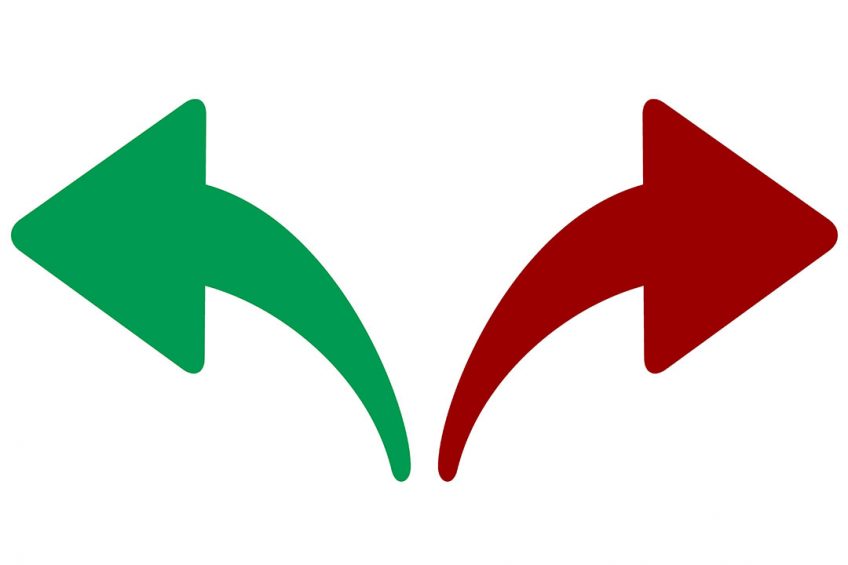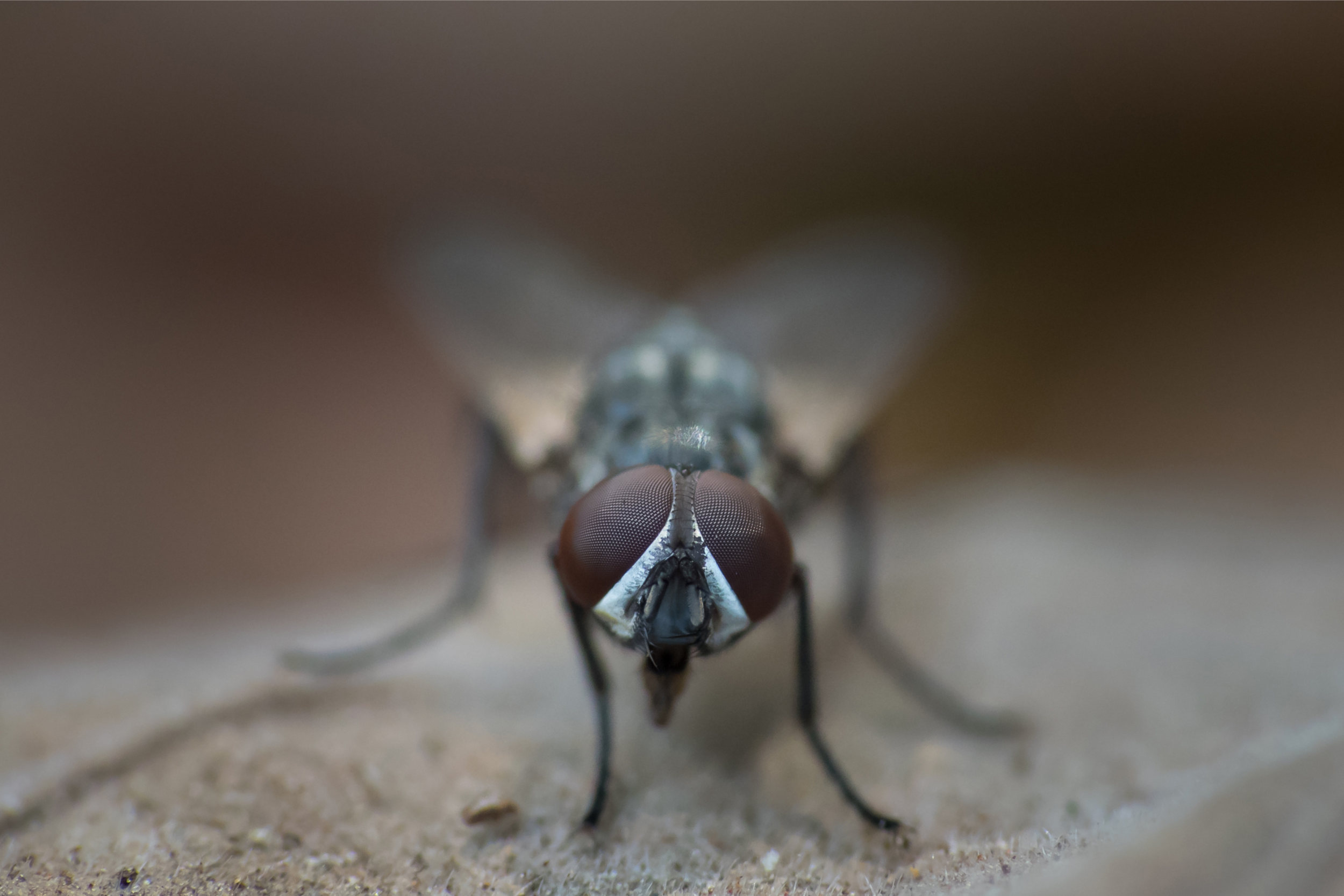Trade wars and ASF: The global pork market mid-2019

Every quarter, international pig market expert Dr John Strak takes a look into the previous months and analyses what these developments mean for the months to come. For the US and the EU, he expects movements in different directions.
I finished my last piece in this column (early April 2019) by saying that, “It looked like the winds of change are blowing through the global pork market.”
That was a good call and Figure 1 illustrates the point. The week to week change in global pig prices first started to show positive values in the 3rd week of March. In mid-April the smoothed version of the pig price cycle turned upwards and these 2 indicators of the direction of global prices have been signalling that prices will rise for the last 10 weeks.
Figure 1 – Global pig price cycle: Jan 2011-June 2019.
In order for this to happen the upward pressures in the markets of the big pork exporters (the EU, the USA, and Canada) all had to have sufficient strength to drive the global market in one direction. We can see in my accompanying figures how this has happened – and how things might change again before the end of the year. ‘Change’ is the key word since, as we will see below, there is change in almost all the key metrics for the global pork market.
USA’s trade war in the headlines
The USA’s ‘trade war’ with China has literally ‘hogged’ the headlines in the first half of 2019. Indeed, president Trump’s tariffs have not made things easy for US hog farmers and pork exporters but in March and early April the US futures market seemed convinced that these politically-created trade barriers could be overcome and that the US would benefit from the predicted dearth of pigs and pork in China because of the spread of African Swine Fever (ASF). That bubble seems to have been pricked and the pundits proclaiming that China would slaughter half its pig population have gone quiet.
Figure 2 – US daily hog prices, 2015-June 2019, $ /cwt dw.
As Figure 2 shows, US hog prices have followed their seasonal pattern in 2019, albeit rising prematurely on the back of those ASF rumours, and are now below last year’s levels. They could even collapse since the latest US hogs and pigs report indicates that pig and pork supplies will be well above last year’s levels in 2019. The June 2019 hog inventory is up 4% year on year and the breeding herd has expanded by 1%.
Highest inventory of hogs and pigs
This is the highest June 1 inventory of all hogs and pigs in the USA since estimates began over 50 years ago. That may be OK if there is solid demand for this pork but the first 4 months of 2019 do not encourage any thoughts of an export-led price boom for US pork, despite the best efforts of the US Meat Export Federation (USMEF). US exports of pigmeat to mainland China are down 3% in the Jan-April period and are down 6% in total this year. Is there enough strength in the USA’s domestic market to carry the increased pork supplies that are in the pipeline in 2019? I would be bearish on this.
In Europe, after a miserable start to the New Year in the 1st quarter (Q1) with prices seemingly stuck below last year’s levels, things got better from the end of March. But in Europe this price recovery wasn’t fed by speculation on the futures market but by actual orders from China – helped by a relative shortage of pigs in the EU. EU pig slaughter numbers were down 1.7% in Q1 and pork production was down 0.7%.
European conditions: No trade war or tariffs
In other words, European producers faced conditions in the 1st half of 2019 that were the exact opposite of those faced by US producers. Even better for the Europeans, there was no trade war or tariffs (indeed the opposite as the EU-Japan free trade agreement came into effect in February) and there were fewer pigs/less pork in the pipeline, not more. Europe’s producers didn’t need to predict the size of the impact of ASF in China. They just had to meet the new orders coming in from the Far East.
In the period Jan-April 2019 EU pigmeat exports are up 37% to China and are up 13% in total.
Pig prices in the EU have reacted accordingly – as Figure 3 shows (you can also see the different price behaviours in the North American and European markets by examining the price series shown in Figure 1 for Denmark, the USA and Canada).
Figure 3 – EU pig prices (class E), May 2005-June 2019.
Canada depending on US market
A word about Canada is important here. The Canadians should have been beneficiaries of Trump’s tariff tantrums and they did see some price and export sales increases in March and April. But Canadian producers live in the shadow of their US neighbours and their live export trade/hog prices will almost always be affected by what happens in the US market.
Worse, the Chinese have just slapped a ban on Canadian meat imports until accusations about fake meat certificates are cleared up. That’s another bearish factor, and conversely, it’s bullish for the Europeans.
Impact of ASF on the Chinese pig industry
The impact of ASF on the Chinese pig industry remains a puzzle. Borrowing from Winston Churchill, China’s ASF outbreaks appear to be, “A riddle wrapped in a mystery inside an enigma.”
Read more expert opinions in our special section
Several western commentators (some of whom are active in China’s pig supply chain and should know what they are talking about) have forecast that ASF in China will reduce the pig herd by as much as 50%. But as yet, the outbreaks seem to have had a relatively small impact on Chinese pig numbers and prices. That’s the official line.
However, the China Daily newspaper has recently reported that China’s sow herd is down 24% compared with May 2018. It is also reported that China’s vice premier, Hu Chunhua, has publicly acknowledged the ‘important role’ of pork in China’s economic and political stability – even as the Chinese agricultural ministry has predicted that domestic hog prices could rise by as much as 70% in 2019!
One reaction of officialdom to this is to encourage new incentives and subsidies for increased investment in hog production.
Allowances to help control ASF
Local governments in the provinces will likely offer loans and subsidies to major hog producing counties and also give incentives to regions to help control the disease – according to the Xinhua news agency, which quoted the Chinese Ministry of Agriculture and Rural Affairs’ spokesman Guang Defu. Meanwhile, according to the official Chinese pig price data (see Figures 4 and 5) pig prices are volatile and, most recently are moving up.
Figure 4 – Chinese hog price, 2009-June 2019 (deadweight, weekly).
Overall, this looks bullish for China’s hog prices but western pork exporters should not assume that this automatically means that a bonanza is waiting for them in China. I could easily see a combination of: Chinese government action, Chinese consumers substituting poultry for pork and various supply responses mitigating the price rises that are implied by ASF outbreaks in China.
Figure 5 – Weekly Chinese deadweight hog prices, 2016-June 2019.
If this review of the 2nd quarter in 2019 leaves you confused, I am sorry but I have attempted to provide an accurate picture of where the global pork market stands in mid-2019. The direction of prices for the 2nd half of the year depends on some factors (ASF in China and trade politics) that are difficult to quantify. The politics are especially difficult to predict.
EU pig prices will continue to be strong
The EU’s pig industry has not been sucked into Trump’s trade war(s) and Europe has relatively good relations (and trade agreements) with China, Japan and Asia in general. That suggests to me that Europe’s pig prices will continue to be strong in 2019 – and I can even see the EU’s pig herd showing signs of expansion before the year end. For the USA (and Canada if it cannot escape its neighbour’s shadow) the outlook is less optimistic.
The US has a huge amount of pigmeat in the pipeline but customers are getting harder to find and US pork export demand is critically dependent upon Trump’s words and actions in the USA and China’s responses. There is even a possibility that feed prices in the USA will rise significantly in the autumn – and thus creating a ‘perfect storm’ for US producers. All of these factors make the outlook uncertain. In my view, it’s likely that European and North American pig prices will move in opposite directions for the remainder of the year. That’s a prediction based on a pessimistic view of president Trump and his effect on international trade.
I hope I am wrong.
















